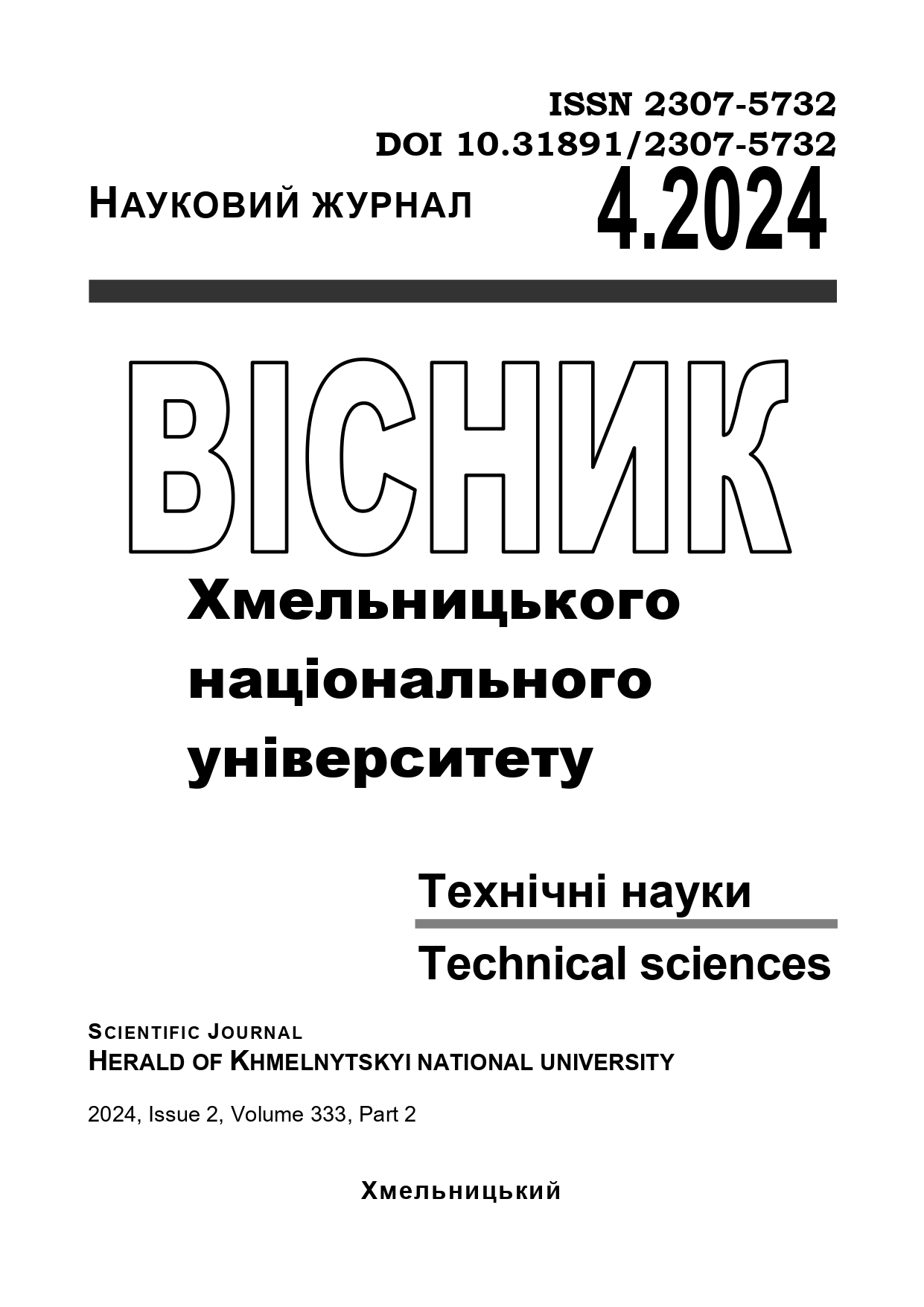AUTOMATED DESIGN OF RATIONAL SCHEMES FOR THE DEVELOPMENT OF RECTANGULAR MATERIALS ON DETAILS OF HARDWARE PRODUCTS
DOI:
https://doi.org/10.31891/2307-5732-2024-339-4-33Keywords:
rational cutting, cutting schemes, haberdashery, algorithm, mathematical support, software, dense placemeAbstract
The paper considers the task of introducing computer technologies into the preparatory and cutting production of haberdashery products, namely, the development of algorithms and a software product for the automated design of cutting schemes of rectangular materials for haberdashery parts.
Since this problem generally refers to problems, the solution of which does not give a positive result in a reasonable time, therefore a simplified model of this problem was proposed. For this purpose, several intermediate tasks were selected in this task, which are solved sequentially one after the other, namely: generation of a set of admissible layouts; designing a set of admissible sections from a combination of generated layouts; selection of a set of sections from a set of designed admissible sections that ensure the fulfillment of technological requirements for cutting schemes and rational use of material during cutting according to the designed cutting scheme.
This division of the main problem into three consecutive intermediate problems made it possible to develop algorithms for solving these problems. The developed algorithms were included in a software product for the automated design of rational schemes for cutting rectangular materials into haberdashery details. The proposed software product allows you to create graphic visualizations of projected rational cutting schemes and save them in a file. This feature allows automated cutting systems to use information about such schemes. The developed software product was tested on haberdashery details and showed its effectiveness.
This software can be successfully used in haberdashery enterprises in preparatory and cutting production. This will make it possible to introduce automated cutting complexes and increase the use of material during cutting by 1.5–2.5%. Thus, the proposed software makes it possible to improve the technological process of designing rational cutting schemes for haberdashery details.

